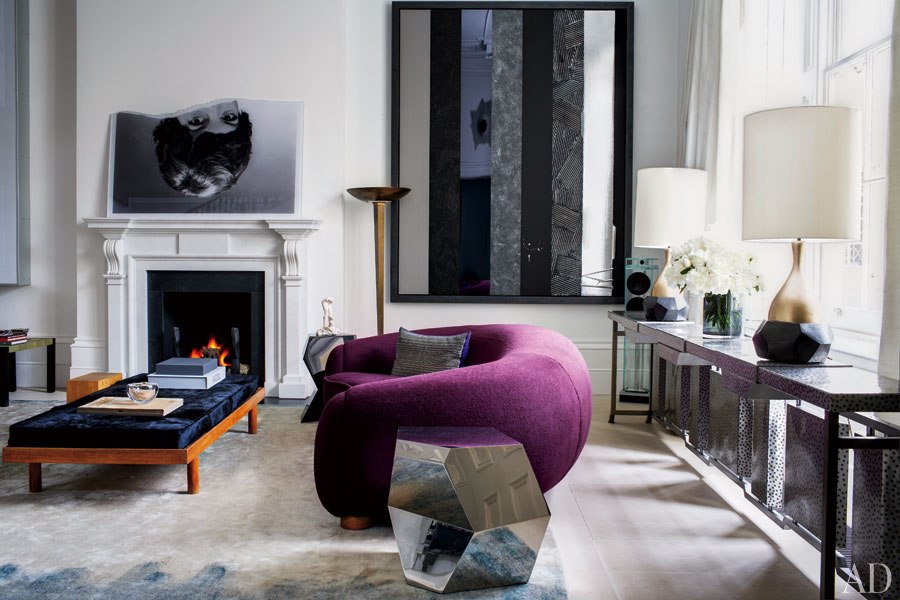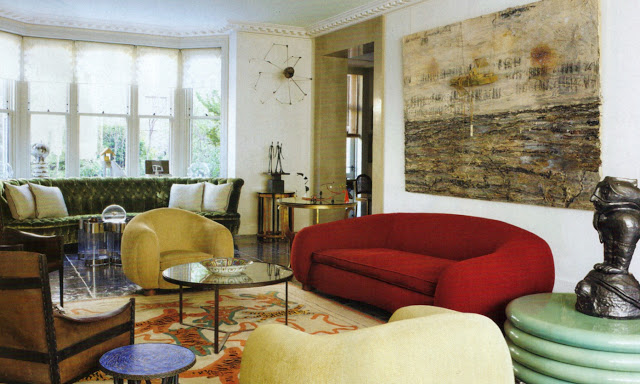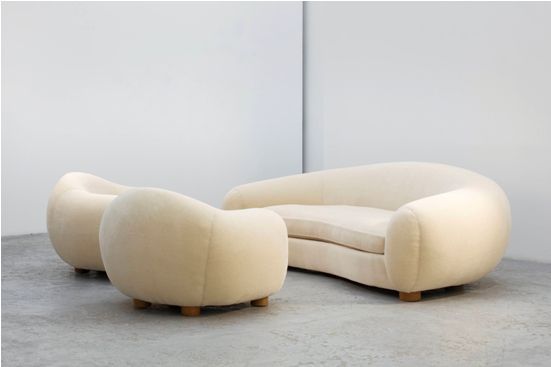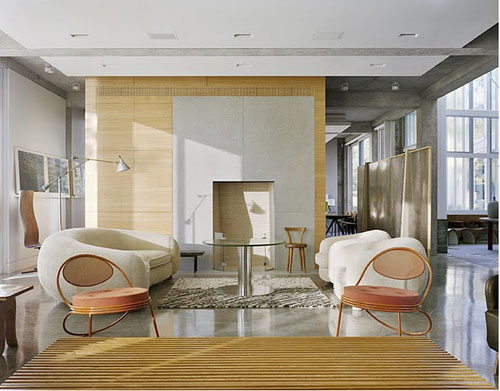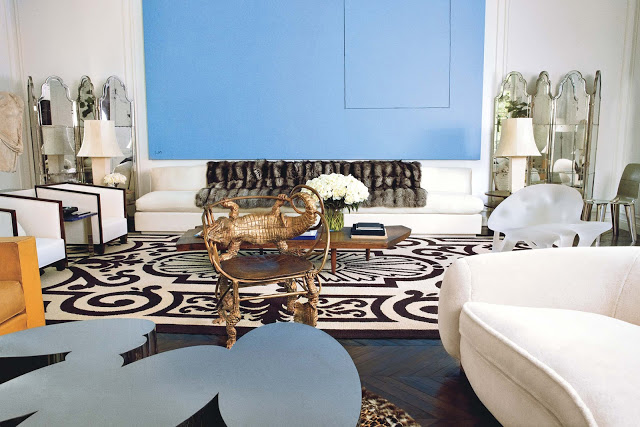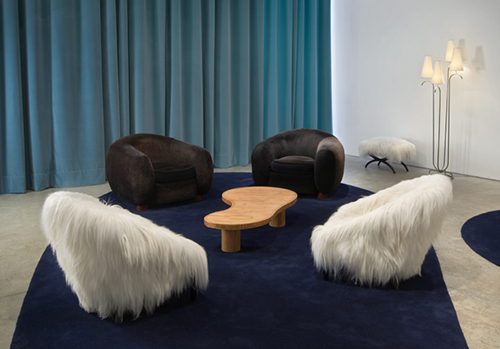Jean-Michel Basquiat and the mystique of Jean Royère
Jean-Michel BASQUIAT et la mystique de Jean Royère
News broke last week of the astonishing $110.5 million sale of the Brooklyn born artist Jean-Michel Basquiat's "Untitled", 1982 painting of a skull at Sotheby's auction. The sale places the value of the artist's works on the level of Pablo Picasso and Francis Bacon, and jettison's him to the position of the most highly valued American artist in history.
The Japanese billionaire Yusaku Maezawa in his Tokyo home. Credit Jeremie Souteyrat for The New York Times
Having passed at the young age of 27 from a heroin overdose, Basquiat's body of works carry a brief creative span, from 1980 to 1987. The collection is small and the elite group of collector's in possession of one is smaller; most pieces are privately held and tucked away from public view, but this is not the plan for those owned by Japanese billionaire and renegade art collector Yusaku Maezawa.
“Untitled,” Jean-Michel Basquiat’s 1982 painting of a skull bought by Yusaku Maezawa for $110.5 million at Sotheby’s contemporary art auction in New York. Credit 2017 - The Estate of Jean-Michel Basquiat/ADAGP, Paris, via ARS, via Sotheby's
Mr. Maezawa's purchase comes as no surprise. Having won the Basquiat masterpiece in a bidding war against casino magnate Frank J. Fertitta III at Sotheby's online auction, Yusaku had already purchased the 2nd priciest Basquait masterpiece last year for $57.3 million.
Sources who've interviewed and photographed the tycoon from the living room of his rented apartment in Japan where he bid on the piece from his laptop, say that the unconventional collector does admit that the price tag came as a surprise. Interesting as the vision of the casual billionaire's streaming online purchase may be, we couldn't help but take note of an additional and simply perfect design element in his personal collection - the bright red Jean Royère "Ours Polaire" armchair that he sits upon.
Suite Ours Poliare (Polar Bear) de Jean Royère - interior by Joseph Dinand
To state the common links between Jean-Michel Basquiat (1960-1988) and Jean Royère (1902-1981), one can start with the obvious - their shared first name. The American painter undoubtedly inherited his French first and surnames from the historical links between France and the US in the American south from areas like Louisiana, where many African American's of an origin of the mix of these cultures trace their lineage. As for Royère, of course, he was a French decorator and designer whom lacked a professional training in his trade, which he began after leaving a stable position in the import/export business. Royère was a natural - a savant of design - which leads us to the second thing these two masters have in common - pure, natural and untrained talent.
Basquiat was pure youth and raw talent personified. The recognition of the young artist's talent, with its early impressions spray painted upon walls in Brooklyn and Manhattan, immediately won the friendship, admiration and opportunities for collaboration with the likes of Keith Herring and Andy Warhol.
This monumental self-portrait by Jean-Michael Basquiat set a world auction record for the artist at $57.3 million at a Christie's contemporary art sale on May 10, 2016. Basquiat's self-portrait, "Untitled, 1982," portrays the young artist as a fiery, demonic figure. The canvas, which features splashes of explosive colors, has appeared in every major Basquiat retrospective. - . (AP Photo/Mary Altaffer, File)THE ASSOCIATED PRESS
Royère too found early and easy recognition of success with the celebrity set in France of his time: French celebrities such as René Chavance said about Royère: ‘The inventive powers of a creative artist are revealed in the clarity with which they interpret a single theme. Jean Royère was undoubtedly one of the masters of this.’
Now onward to the the value of their works. In June 2011, Lacoste sold an Ours Polaire sofa, chair and pouf for 800,000 euros (nearly $1 million USD at the time): that is no small sum for a suite of furniture. It may be a long way from $110.5 million, but it is a top value in its class.
Finally, we arrive at one single way to describe the artistic achievements of both artists: two men, living and working in a different country, during a different time, in a difference culture, under the same first name and with the same outstanding reception to their naturally gifted talents. Iconic.
Jean-Michel Basquiat







